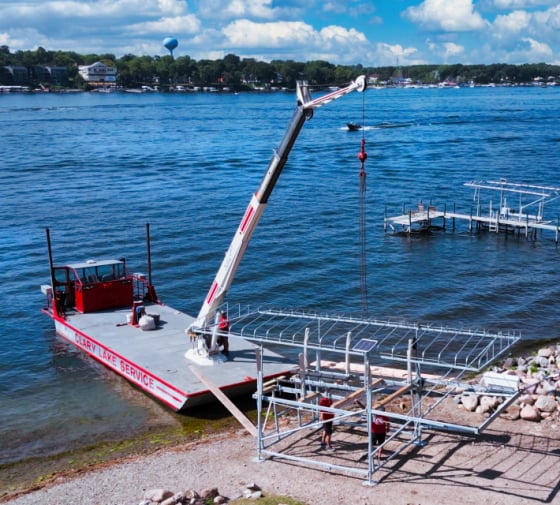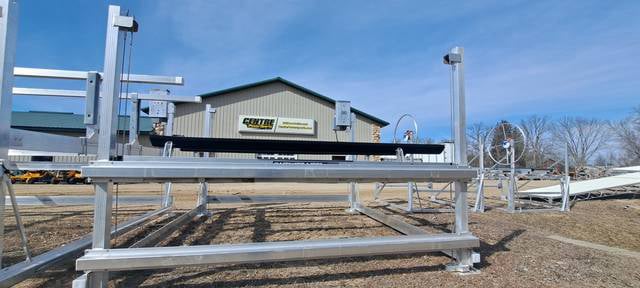Preparation for Off-Season Storage

Prepare your DIY boat lift for off-season storage by following these essential steps. Begin by thoroughly cleaning the lift to remove any dirt, grime, or debris that may have accumulated during use. Inspect the lift for any signs of wear and tear, focusing on the cables, pulleys, and frame for any damage that may need repair before storage.
Next, lubricate all moving parts to prevent rust and corrosion during the off-season. Apply a marine-grade lubricant to the cables, pulleys, and any other metal components that may be prone to rusting. This will ensure smooth operation and prolong the life of your used boat lifts for sale.
Once the lift is clean and lubricated, consider covering it with a waterproof tarp to protect it from the elements. Secure the tarp tightly to prevent water, snow, or debris from accumulating on the lift during storage. Additionally, if possible, store the lift in a dry, well-ventilated area to further prevent rust and corrosion.
Following these steps will help ensure your DIY boat lift remains in optimal condition for the next boating season.

